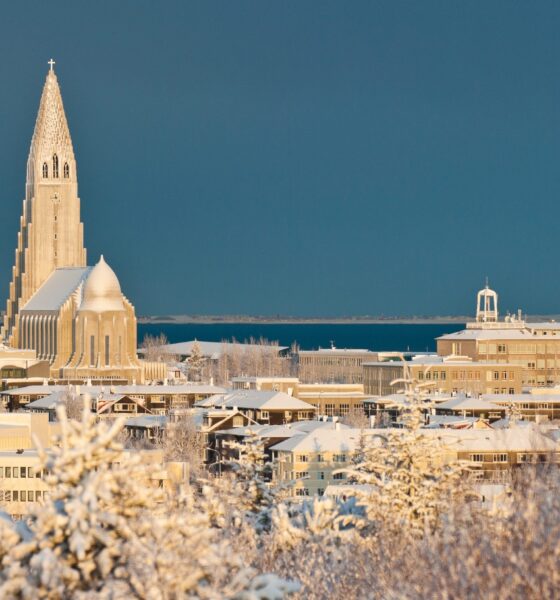

Features
Sustainability in the city: Reykjavik, Iceland
No list of inspirational sustainable cities would be complete without a nod to Reykjavik – the capital, largest city and cultural hub of Iceland. Its tiny population of around 120,000 people (almost 40% of all Icelanders) lives in a city with bold ambitions to cut its contributions to climate change and become a world leader in renewable energy.
Reykjavik has set itself the admirable target of being entirely free of fossil fuels by 2050. In terms of greenhouse gas emissions, it is already one of the greenest cities in the world. This is thanks largely to the bountiful resources beneath its resident’s feet.
Geothermal energy powers all buildings in the city – with an electricity network generating 750 megawatts (MW) of power from steam and a hot water distribution system producing 60m cubic metres of hot water annually.
All this clean energy warms homes, lights the streets, powers greenhouses that produce most of Reykjavik’s vegetable intake and heats very popular outdoor swimming pools.
It is estimated that city’s historic use of geothermal energy prevented as much as 110m tons of carbon dioxide from being emitted into the atmosphere in the period from 1944 to 2006. Up to 4m tons are currently being saved each year. Only around 0.1% of Iceland’s electricity is generated using fossil fuels.
Reykjavik is not a perfect model of a sustainable city, however. Public transport in Iceland is relatively underdeveloped, while it is ranked as one of the highest nations in the world for car ownership per capita.
This is due largely due to the impracticalities of providing transport infrastructure to such a sparsely populated island where demand is low.
Iceland has no public rail service, and many Icelanders use internal flights – probably the least sustainable type of journey it is possible to make – to get between major towns.
The capital does provide a hydrogen-fuelled bus service though, and for a city with such high levels of car ownership it is surprisingly uncongested, though it is by no means a typical gridlocked metropolis. Roughly nine out of 10 inhabitants live a five-minute walk away from a public green space.
While most of the cities described in this series provide an example for others to follow, there aren’t as many practical lessons to be learnt from Reykjavik.
Most urban centres are not so fortunate as to have developed atop such a volcanic region. There is decidedly less heat and energy to be plugged from the ground beneath London, for example.
Nevertheless, for a city to operate almost entirely without fossil fuels shows what can be achieved without costing the Earth.
Photo: Visit Reykjavik and ©RagnarThSigurdsson
Further reading:
Sustainability in the city: Hamburg, Germany
Sustainability in the city: Nantes, France






























